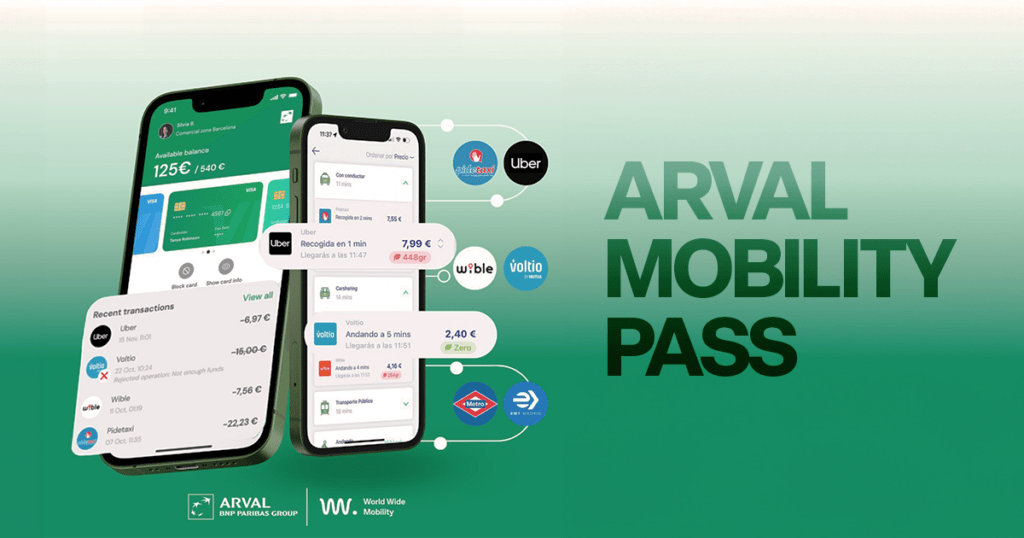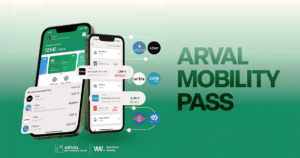The sanitary crisis has significantly altered the way of looking at work. A few years ago, it was almost impossible to imagine a company working entirely remotely. With the deconfinement, many employees may be reluctant to return to work for several reasons: fear of contracting the virus on public transport, loss of time, reduced comfort. But how to facilitate this return to the office? The solution lies in deploying an internal MaaS platform. The latter includes many advantages for the employee but also for the employer.
The impact of home-to-work mobility on well-being
According to the Alphabet – IFOP barometer on the mobility of working people, 35% feel like mobility as part of work has a negative impact. In particular, 65% of respondents said they lost time, 55% said they felt stressed due to overuse of the transportation system, and 38% said they were not punctual.
All these inconveniences have been erased thanks to remote working: no more need to suffer the multiple jostling of a crowded metro at 8am. However, a new problem has shaken the habits of the French: the health crisis.
After spending nearly 3 months at home, the French are apprehensive about returning to their transport routines. Indeed, according to a survey conducted a few days after the first deconfinement (May 14) by the CSA Institute, almost one in two respondents (54%) express reticence about using public transportation in a post-covid world. The car is on the whole considered safer, followed by soft modes of transportation (bicycle, scooter, walking).
As a result, encouraging employees to return to their workplace will not be an easy task. What solutions can be provided?
MaaS, a solution that reassures and streamlines the journeys of your employees
First, we need to understand what MaaS (Mobility-as-a-Service) is. For a more detailed explanation, do not hesitate to consult our blog article on the subject. The aim of MaaS is to put mobility at the service of the user by aggregating all mobility services on a single platform.
On this platform, users can easily find the best possible route, book and pay for their trip or validate their transit ticket. The watchword is therefore mobility facilitation. By developing their own MaaS platform, companies can give their employees access to several tools

All mobility services on a single platform
Thanks to MaaS (Mobility-as-a-Service), which facilitates access to a complete range of mobility services, users who are rather reluctant to take public transit can use alternative modes of transportation, such as bicycles, scooters or carpooling between colleagues. It is also entirely possible to combine several modes of transportation, by making intermodal trips to optimize your trip.
Real-time information
Thanks to MaaS, it is possible for your collaborators to apprehend their journeys in a more peaceful way, with the guarantee that social distances will be respected. Indeed, they will be notified in real time of the situation within the public transport system. In addition, it is entirely possible for you, thanks to your internal MaaS platform, to adapt your employees’ schedules in case of a jammed ring road or crowded public transport. You can therefore make your employees’ home-to-work mobility your own, while guaranteeing their safety.
A vision of the mobility budget
With an internal MaaS platform, it is easier for companies to reduce the costs associated with mobility. Indeed, since costs are centralized, it is easier to have a global vision of one’s budget. In addition, the route planner will find the optimal route according to given criteria, especially in terms of financial cost.
Companies can therefore optimize the travel time of their employees, reduce the company’s mobility costs, but also promote smoother and more sustainable mobility, while ensuring greater well-being at work, and thus encourage their employees to go back to work!






